When it comes to the durability and performance of a wear-resistant plunger, the choice of material plays a defining role. In industrial environments where plungers are exposed to high pressure, chemical corrosion, and continuous friction, the strength of the material is not just a feature—it’s a necessity. As a manufacturer, we’ve seen firsthand how critical the right alloy can be in extending the service life of plungers, minimizing downtime, and maintaining consistent output across various operating conditions.
Among the most commonly used materials in the production of wear-resistant plungers are stainless steel, carbon steel, tool steel, and specially developed alloy compositions. Stainless steel, particularly grades like 304 or 316, is favored for its excellent corrosion resistance in moisture-rich or chemical-prone environments. However, in applications where abrasive wear is more prominent than corrosion, tool steels with high carbon and chromium content—such as H13 or D2—offer better hardness and wear properties. For extremely demanding scenarios, nickel-based or cobalt-based alloys may be selected, where a balance of hardness, corrosion resistance, and temperature stability is essential.
Each material option offers different performance trade-offs. For example, high-carbon steels might provide superior hardness, but they could become brittle if not heat-treated correctly. On the other hand, stainless steel may handle corrosion well but may not match the abrasion resistance of harder alloys under heavy mechanical stress. This is where material science truly becomes a strategic part of plunger design—by matching specific application requirements with metallurgical characteristics. At the core of a successful wear-resistant plunger is not just a hard material, but a carefully chosen and properly processed alloy that performs under the exact working conditions of the application.
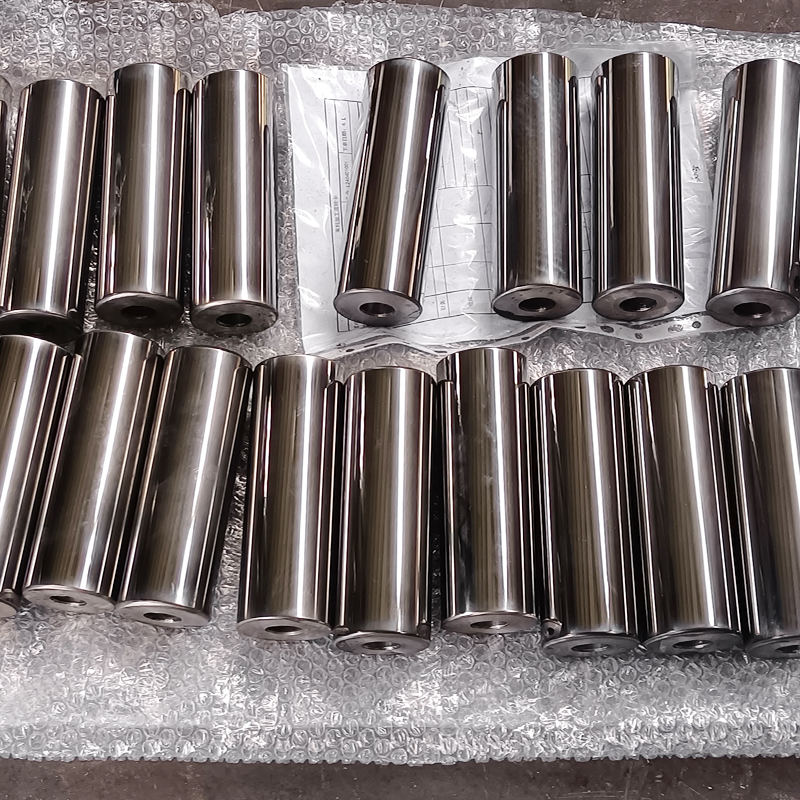
Heat treatment also plays a vital role in optimizing the performance of the base metal. Through processes like quenching and tempering, the internal grain structure of the metal can be refined to boost toughness without compromising hardness. Similarly, surface hardening methods—such as nitriding or induction hardening—can be used to increase wear resistance in targeted areas while preserving a ductile core to absorb shock loads. This metallurgical customization enables a well-made wear-resistant plunger to perform far beyond the standard life cycle expected from generic parts.
Another important factor often overlooked is the compatibility of the plunger material with the system’s fluid and mating components. Some materials may react adversely with specific chemicals or promote galvanic corrosion when used alongside dissimilar metals. Understanding these interactions is part of the deeper engineering that goes into a high-quality plunger. It’s not just about resisting wear—it’s about integrated system performance, ensuring that all components work together to reduce friction, heat, and premature failure.
As experienced suppliers, we emphasize this: the material used in a wear-resistant plunger should never be an afterthought. It’s the foundation of operational reliability. Whether you’re running high-pressure pumps, dosing systems, or reciprocating compressors, the right material choice directly translates to fewer replacements, lower maintenance costs, and improved output. It’s this level of insight and customization that distinguishes a standard product from a solution-oriented component, and that’s exactly where our manufacturing expertise adds value.
For businesses that rely on precision, strength, and consistency, investing in the right plunger materials from the start can mean fewer disruptions and a longer-lasting, more efficient system. We’re here to help you make those choices wisely—with engineered components and deep industry knowledge that work as hard as you do.

 ENG
ENG
 English
English عربى
عربى Español
Español 中文简体
中文简体
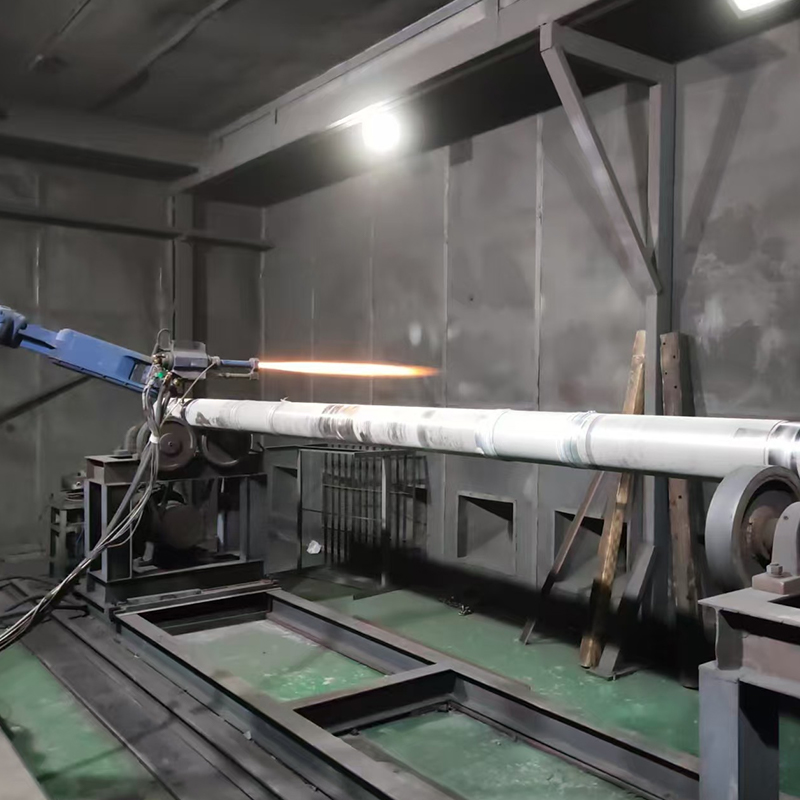
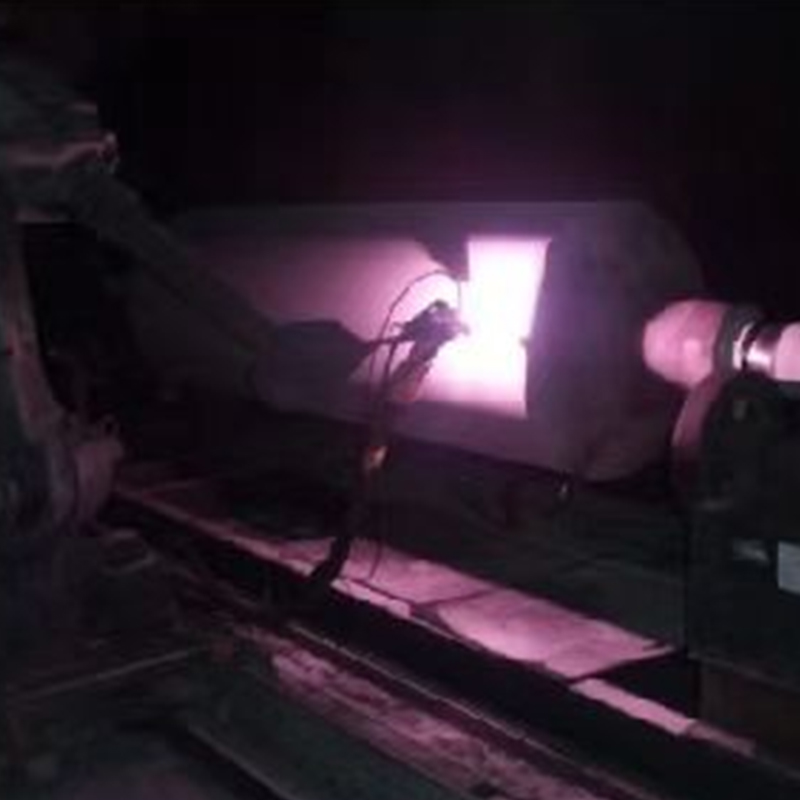


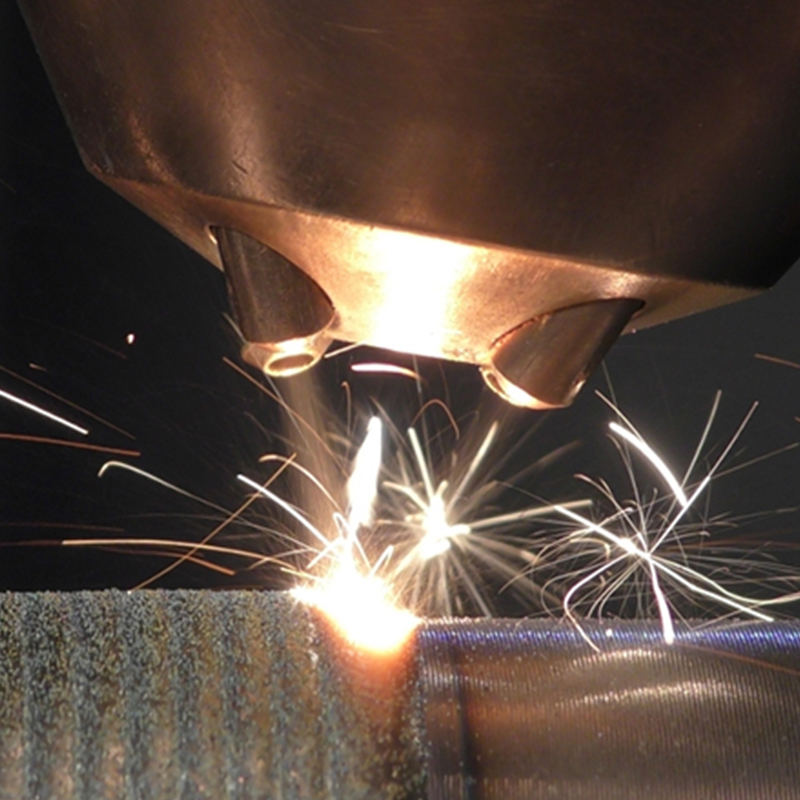

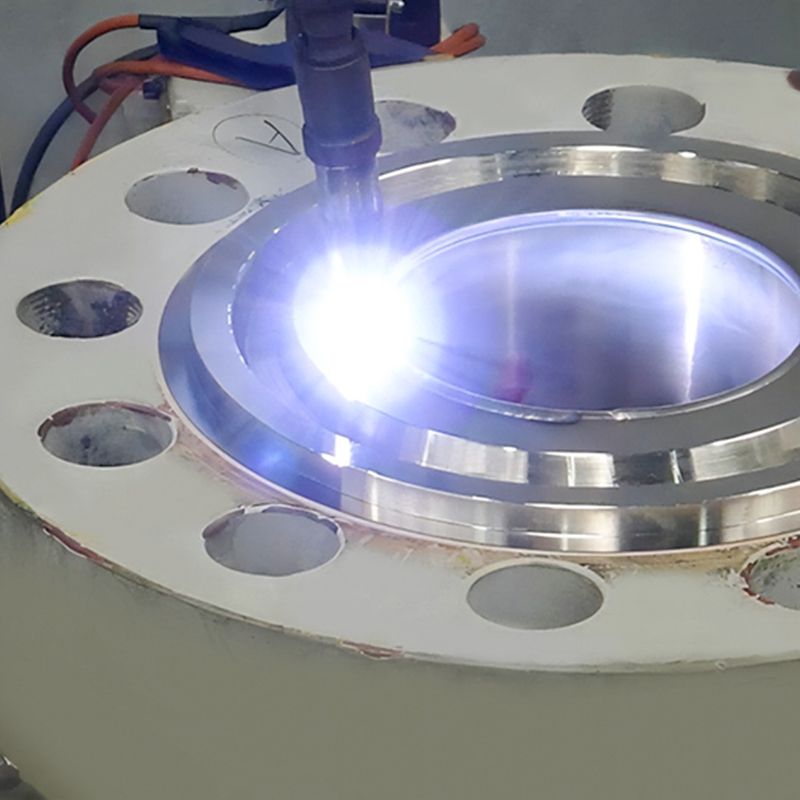
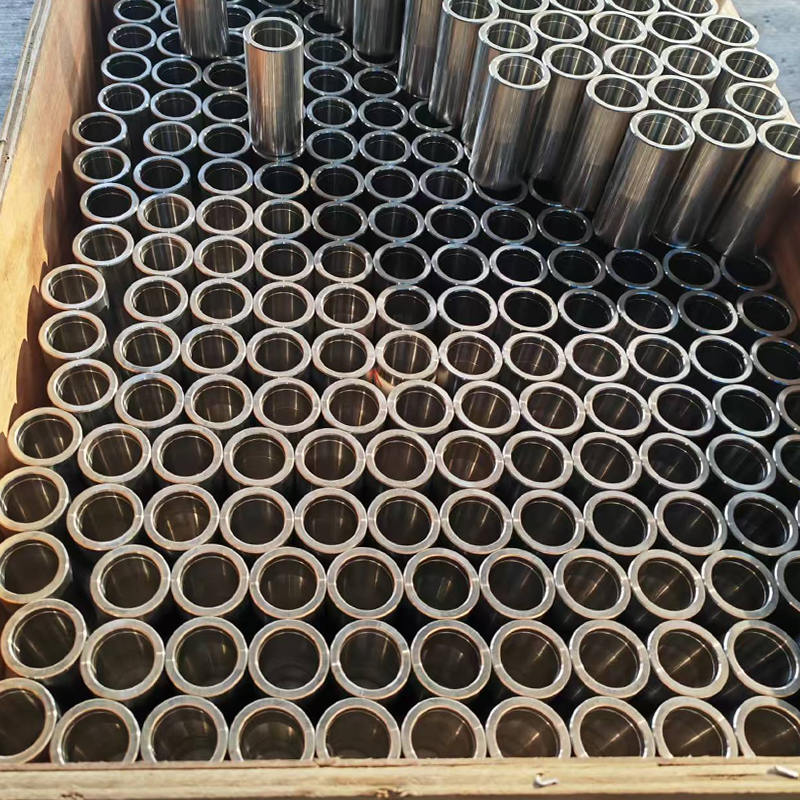
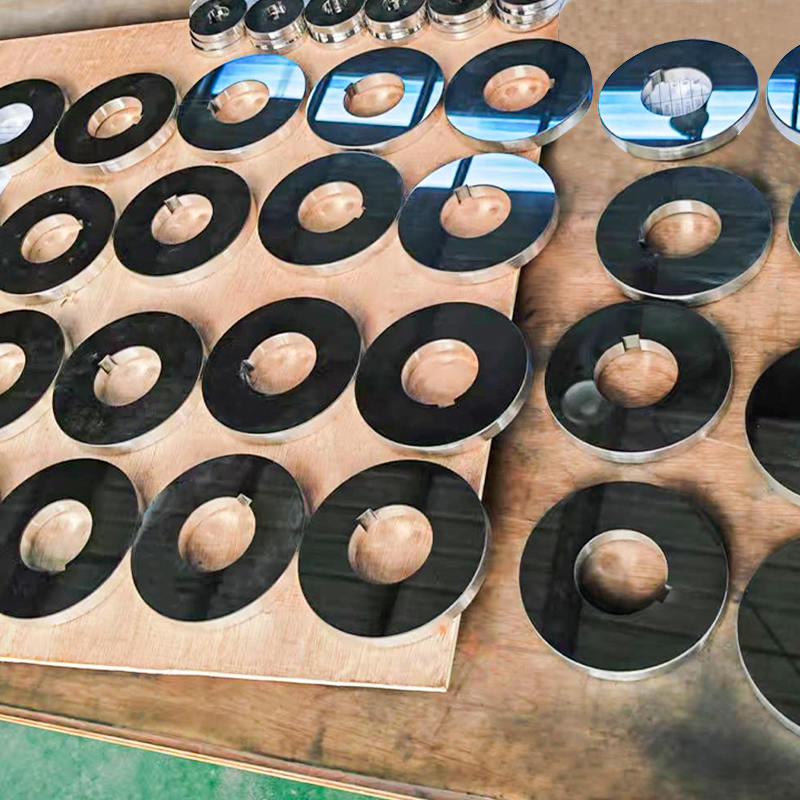
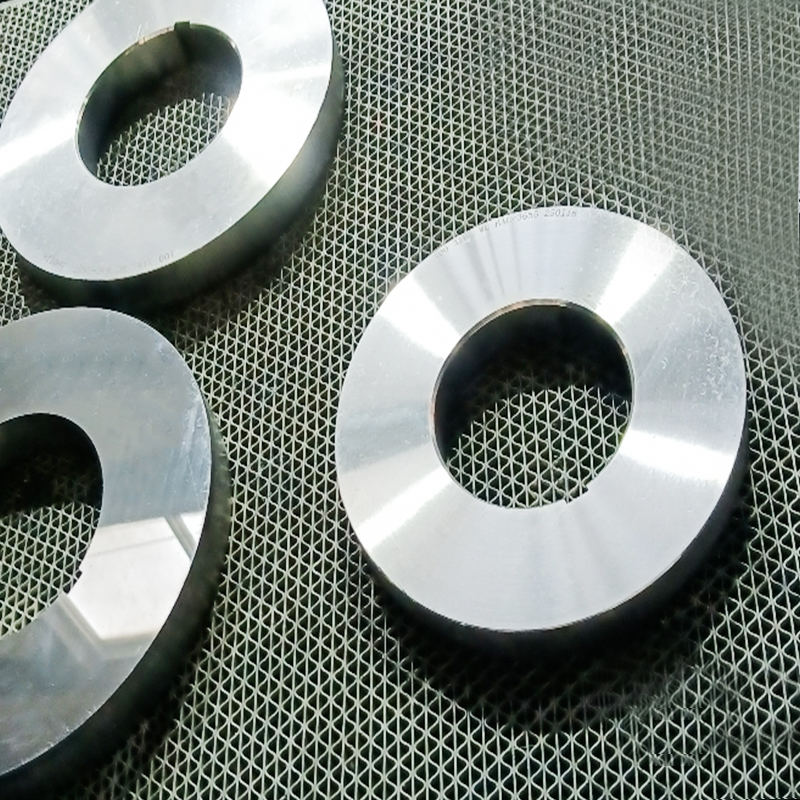
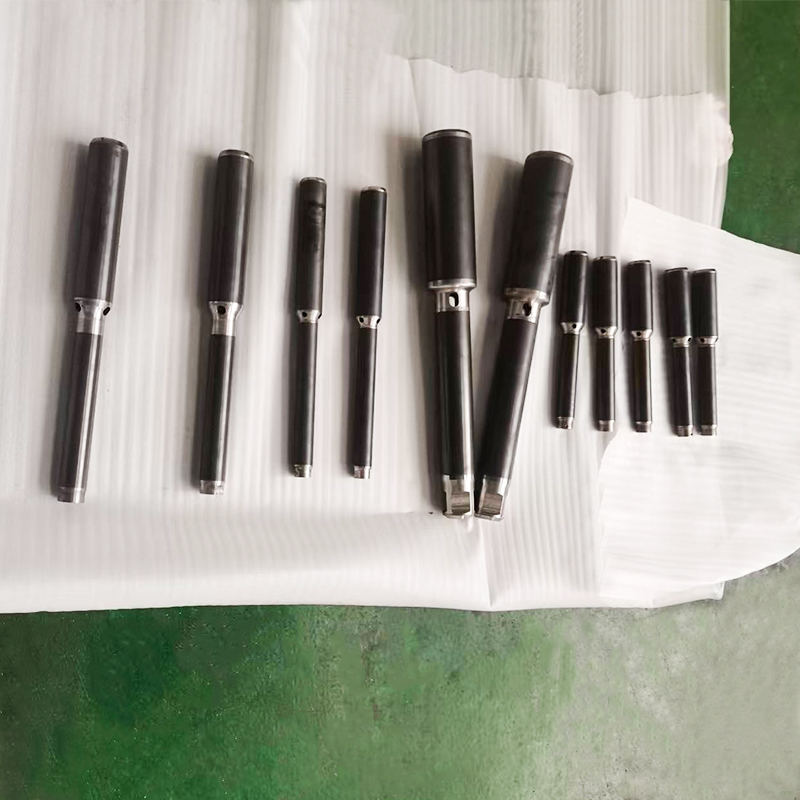
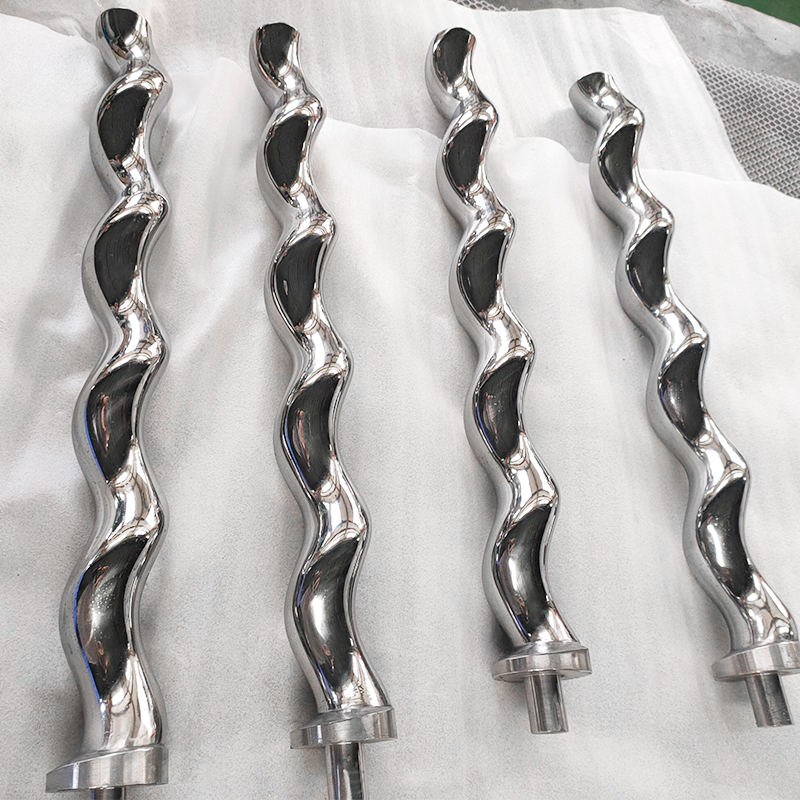

 TOP
TOP